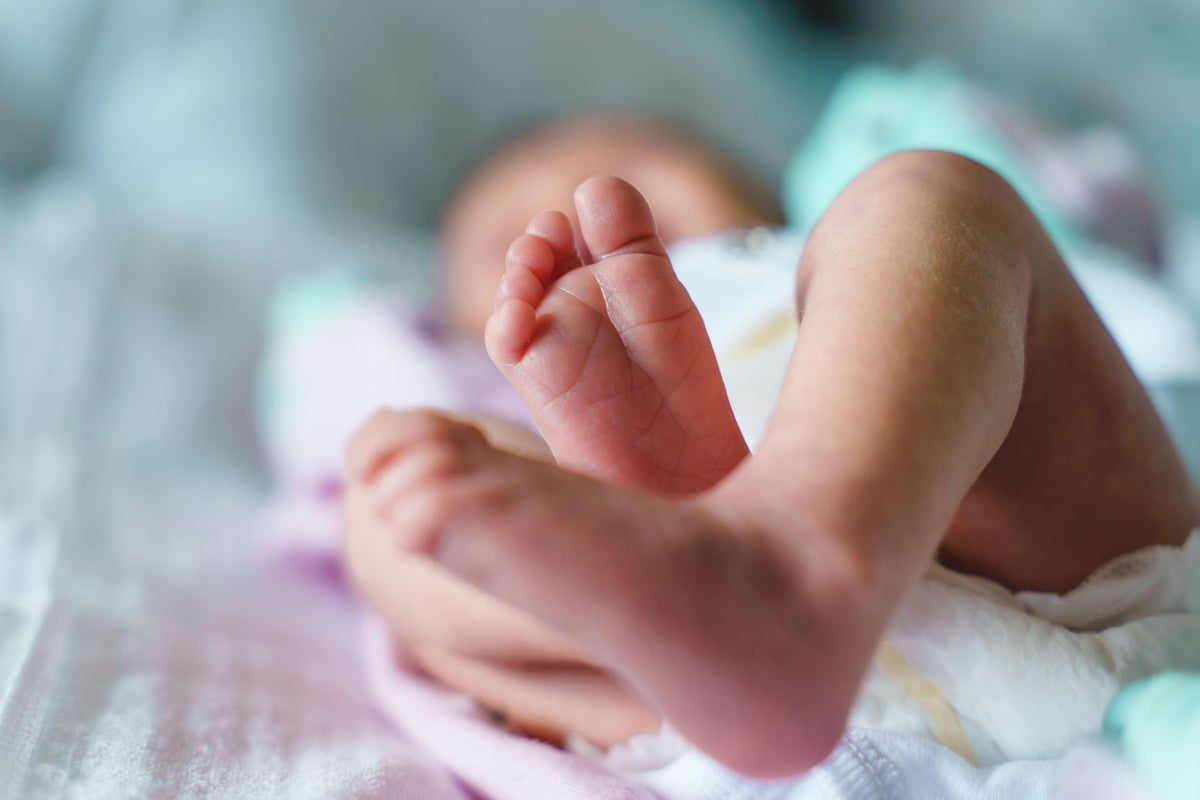Metabolic data from babies who died of sudden infant death syndrome, or SIDs, could help predict the devastating condition, new research has revealed. SIDs is responsible for the sudden and unexpected deaths of approximately 3,500 infants every year in the United States, primarily in boys, with Black, Native American and Alaska Native infants twice as likely to die than white babies. Now, a study led by doctors in San Francisco have identified a correlation between certain signals, or biomarkers, in the metabolism of infants who died of SIDS. “So, there’s something about the way these babies are or are not breaking down and using things like fats and glucose that is, at birth, allowing us to identify those who are at the highest risk,” lead study author and epidemiologist Dr. Laura Jelliffe-Pawlowski told The Independent on Monday. The authors found that infants with lower levels of the biomarkers C-3 and elevated levels of C-14OH appeared to have a higher risk of mortality from SIDS. The biomarkers are enzymes of fatty acid oxidation, the process in which the body breaks down the building blocks of fat to produce energy. Several other biomarkers seemed to result in a reduced risk of SIDS when they were elevated. Co-author and neonatologist Dr. Elizabeth Rogers stressed that they don’t yet know the specific contributing drivers to their observations – likely a combination of environmental and biological ones – but that’s why more work needs to be done. “But, this is such a strong signal, that it signals where this work can now proceed to hopefully get to prevention and/or treatment,” she said. The preliminary findings, published last week in the journal JAMA Pediatrics, were based on the metabolic data from newborn screenings in California, comparing more than 350 infants who died from SIDS with similar infants who lived. The babies were born in the state between 2005 and 2011. The authors now want to look at other metabolic markers to see if there are more contributing factors. The end goal for such work could be major for future parents: a screening test or medication for SIDS. That’s still years away, however. “But, critically, it’s also in the babies who have passed away. And, being able to look and being able to say to the parents, ‘You did nothing wrong. This happened. I know it doesn’t help bring your baby back to life, but research has now show that they may have been metabolically different at birth and we’re doing our best to better understand that so babies in the future have a better chance of surviving,’” said Dr Jelliffe-Pawlowski. “That’s very different than parents who are left with the idea that they did this, right? Could they have done something to change it.” Rogers added: “If you’ve ever sat with a parent who’s lost a child, if you could contribute anything to letting them not carry the guilt for the rest of their lives, you would do anything to give them that relief.” To protect newborns, families should ensure healthy babies are placed on their backs to sleep, with no other people. Mothers should breastfeed, if possible, and avoid smoking. Inadequate prenatal care, smoking and alcohol use during pregnancy, air pollution and structural racism play a role. The rate of SIDS declined following a related campaign in 1994, but stabilized in the 2000s. SIDS remains the leading cause of postneonatal mortality, according to the American Academy of Pediatrics.
Subscribe
Login
0 Comments





